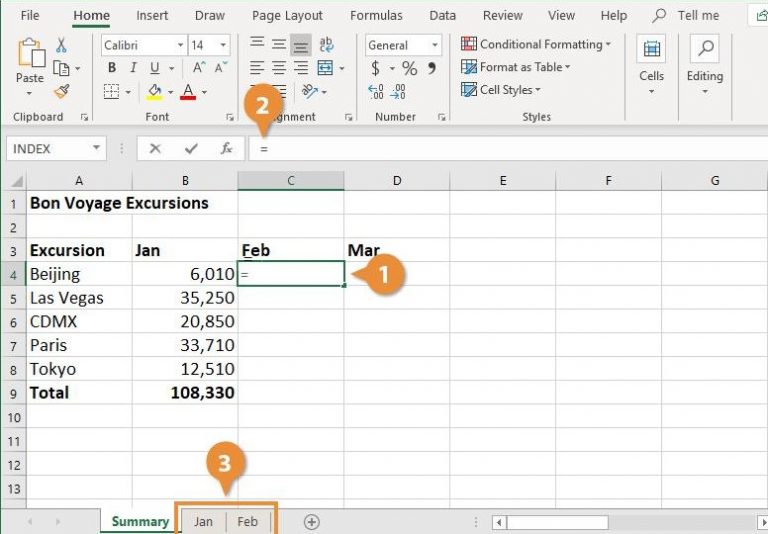Essential Paperwork Required for Dividends Explained

In the realm of investment, receiving dividends from stocks is often a goal for many investors. These payments represent a company's profit distribution to its shareholders. To ensure you receive these dividends without any hiccups, there are certain pieces of paperwork you need to have in order. Here's a comprehensive guide to understanding and managing the essential paperwork required for dividends.
Understanding the Basics

Before diving into the paperwork, let's briefly cover what dividends are and how they work:
- Dividends are payments made by a corporation to its shareholders, usually as a distribution of profits.
- They can be paid in cash, additional shares of stock, or sometimes other property.
- Not all companies pay dividends; some prefer to reinvest earnings back into the business.
- The frequency of dividend payments can vary, typically being quarterly, semi-annually, or annually.
Key Paperwork for Dividend Income

1. Stock Certificates

Historically, investors received physical stock certificates to prove ownership. While this practice has largely moved to electronic records:
- Ensure your certificates are registered in your name or a brokerage account.
- If you hold physical certificates, store them securely.
2. Dividend Reinvestment Plan (DRIP) Enrollment Form

If you’re interested in automatically reinvesting your dividends:
- You will need to fill out and submit a DRIP enrollment form with the company or through your brokerage.
- This form will instruct the company or brokerage to reinvest your dividends to purchase additional shares.
3. Tax Forms

Dividends come with tax obligations:
- Form 1099-DIV: This form reports all dividends and distributions you’ve received during the tax year.
- Foreign Tax Credit: If you own foreign stocks, you might be eligible for a tax credit or deduction for foreign taxes paid on dividends.
💡 Note: Keep all tax forms and receipts in an organized manner to simplify tax filing.
4. Proxy Voting Forms

Although not directly linked to dividends, proxy voting gives shareholders the right to vote on corporate decisions that could affect dividend policies:
- Companies send out proxy statements or ballots to vote on corporate governance, including dividend-related decisions.
5. Direct Deposit Authorization Form

To receive dividends directly into your bank account:
- Complete a direct deposit form with your banking details.
- Ensure your banking information is up-to-date to avoid delays or missed payments.
6. Annual Meeting Notices and Communications

Regular communication from the company might include:
- Announcements about changes in dividend policy or payout dates.
- Invitations to attend annual shareholder meetings where these matters are discussed.
7. Change of Address Forms

If you move, updating your address ensures you receive important communications and dividend checks:
- Submit a change of address form to both your brokerage firm and directly to the company if necessary.
Managing Your Investment Documents

Here are some tips for effectively managing your investment paperwork:
- Use Digital Platforms: Many brokerages offer online access to forms and records.
- Secure Storage: Keep physical documents in a secure location like a safe deposit box.
- Regular Review: Periodically check and update your contact information.
- Backup Documentation: Always keep copies of crucial documents in case of loss or damage.
Understanding and managing the essential paperwork for dividends ensures that you receive your due payments without any complications. From having your stock certificates registered, enrolling in DRIPs, handling tax documentation, to keeping your personal information current with your company or brokerage, each step plays a critical role in your investment journey.
What should I do if I’ve lost my stock certificates?

+
If you’ve lost your physical stock certificates, you should contact the issuing company or your brokerage firm immediately. They will provide you with instructions on how to replace the certificates, which may include obtaining an indemnity bond to cover potential losses.
Can I receive dividends without enrolling in a DRIP?

+
Yes, you can choose to receive dividends directly as cash payments without enrolling in a DRIP. You will simply receive a check or a direct deposit for each dividend payment.
How often do I need to update my tax forms for dividends?

+
You typically receive a new Form 1099-DIV each tax year from your broker or the company, detailing your dividend income. It’s important to review and confirm the information each year.



